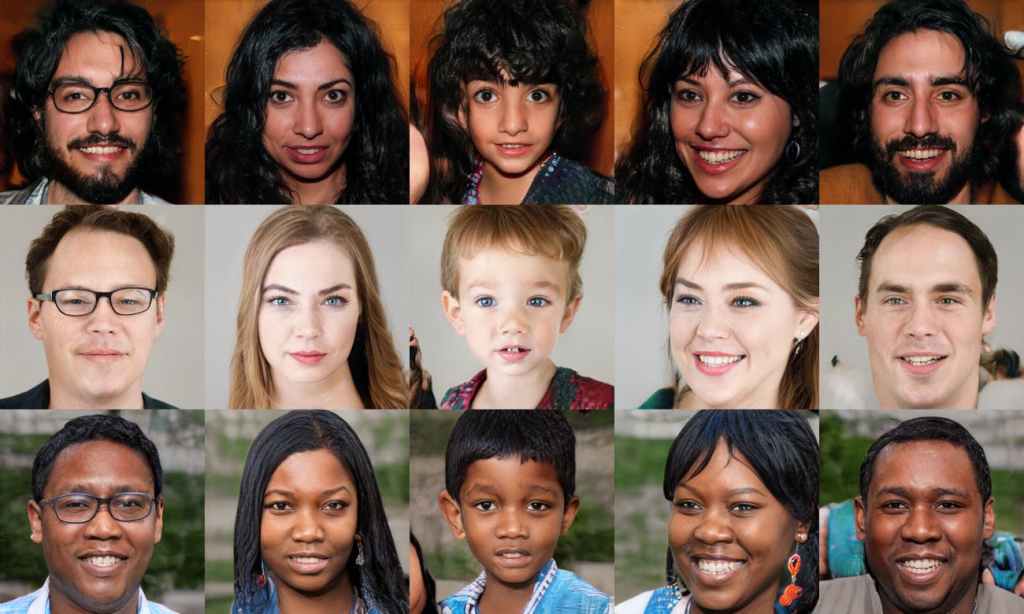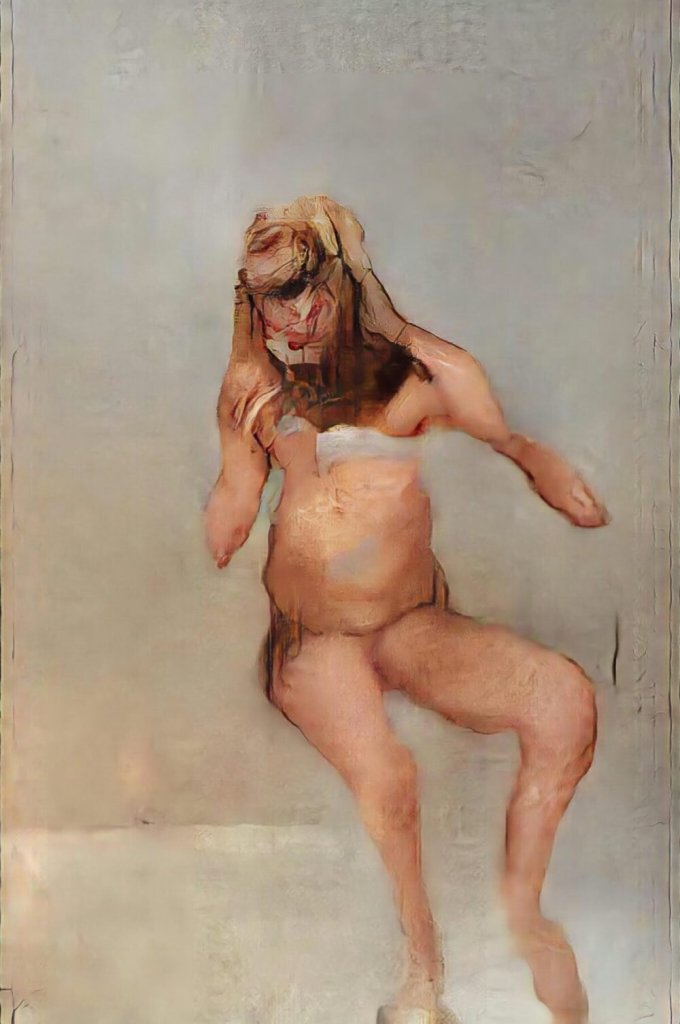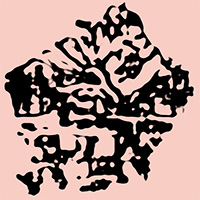ARCH&AI
Latest from the Blog
V{M} – Visionary machines (Architecture & AI)
A collaboration of Taubman College of Architecture and Urban Planning, Michigan Robotics and Michigan Computer Science
studio advisor: Dr. Matias del Campo
Studio teaching assistants: Elsa Mary Mathew (Michigan Computer Science), Alexandra Carlson (Michigan Robotics), Danish Syed (Michigan Computer Science)
AI Introduction Alexandra Carlson
Finals Guests: Mollie Claypool (Bartlett UCL), Casey Rehm (SCI_Arc), Sandra Manninger (SPAN), John McMorrough (UMich), Arash Adel (UMich), Catherine Griffiths (UMich), Perry Kulper (UMich), Mania Aghaei Meibodi (UMich), Kathey Velikov (UMich)
Midterm Guests: Liss Werner (TU Berlin), Daniel Koehler (UT Austin), Immanuel Koh (SUTD), Ryan Vincent Manning (Quirkd), Kathy Velikov (Umich), Rebecca Smith (Umich), Alexa Carlson (Michigan Robotics), Danish Sayed (CS Umich), Elsa Mary Mathew (CS Umich), Daniel Bolojan (FAU)
The Challenge
This studio explores a interdisciplinary project that brings the long tradition of humanistic inquiry in architecture together with cutting-edge research in artificial intelligence. The main goal of V{M} is to understand how to interrogate artificial intelligence–a technological tool–in the field of architectural design, traditionally a practice that combines humanities and visual arts. The studio explores specific applications of artificial intelligence in contemporary architecture, focusing on their relationship to material and symbolic culture. AI has experienced an explosive growth in recent years in a range of fields including architecture but its implications for the humanistic values that distinguish architecture from technology have yet to be measured. The studio illustrates in five projects a set of crucial questions for the development of architecture in the future. An opportunity to survey the emerging field of Architecture and Artificial Intelligence, and to reflect on the implications of a world increasingly entangled in questions of the agency, culture and ethics of AI.
This Building does not Exist
The introduction of the Generative Adversarial Network (GAN) by Ian Goodfellow1 (2014) as well as the publication of the paper A Neural Algorithm of Artistic Style by Leon Gatys et al.2 (2015) is changing things. In recent years these novel methods have taken hold in the arts3 and music4. The newly emerging artform is fittingly named Neural Art5. The source of this term can be found in the title of a paper by Leon Gatys6, which forms the base for the work of several of the most prolific Neural Artists, such as Mario Klingemann (who describes himself as a Neurographer) and Sofia Crespo, who’s series of works named Neural Zoo reflects a keen interest in the estrangement and defamiliarization of deep-sea creatures. There are many more artists in this area7. How is the work of these artists related to architecture? Maybe an example will help to clarify how provocative this novel method -in a good way- is for architecture. Mario Klingemann uses databases of Western art, particularly portraits, as base for his StyleGAN8 applications. Thousands of images from the Renaissance to the 19th century are fed through a StyleGAN algorithm. In a conventional case, StyleGAN would be used to create images that convincingly represent a known object to the observer. Most famously demonstrated with examples like This Person does not exist (Fig.1), a website that generates highly convincing images of persons, based on a large database of portraits. It might be important here to understand that Neural Networks are basically Function Approximation Algorithms9, they will always strive to achieve an approximation of for example the number 1. Or in other words, in building the training dataset it strives to adapt a curve to a given condition based on input weights. Function approximation can be also described by a curve, thus the famous quote “Machine Learning is just glorified ‘Curve Fitting’”10.

As much as this approach can produce convincing images of objects, it is the area outside the perfect fit of the curve that really produces the more interesting results in that they maintain a certain familiarity, despite their alien appearance. To come back to the work of Mario Klingemann as an example of what is mean by that: His images and animations maintain elements of the database informing the StyleGAN. This results in images that show contorted bodies and distorted faces that have a surreal quality to them – bizarre Janus heads with multiple faces, strange Cyclops, monstrous Chimeras between human and animals. (Fig.2) The trained eye will still recognize features of historic paintings and drawings. A bit of Goya here, some Whistler there, glimpses of Jeanne-Etienne Liotard, Eduard Magnus, Lenbach, Winterhalter. But none of the images is designed to approximate the particular artists, as ‘This Person does not Exist’ would do. Rather it renders the features that were recognized by the Neural Network and re-combines the pixels into a new image outside the conventions as of how we as humans understand the depicted object. In doing so the emergent pieces of art provoke questions of authorship and agency. In addition the question towards the value of a sensibility that was created somewhere between human input and machinic output is raised. Is this the art of the posthuman age? Does this development take into consideration the possibility to reconsider the role of humans in a world where the boundaries between human and nonhuman creativity is blurred?

De-Mystifying AI
In close collaboration with Michigan Robotics students will learn how to program their own Neural Networks, and Methods to train them to perform specific tasks. This training is designed to inform students profoundly about the workings of AI applications, and to de-mystify the nature of Neural Networks. This not only provides students with a major advantage towards their competition in the upcoming years, but it will also make them more aware as of how AI is currently starting to shape their environment, and how these technologies are even shaping their lives in sometimes unexpected ways. Wither in regards of social engagement, politics, economy and even material behavior. The main plot twist here is the application of a novel technique, exclusively developed at Taubman college in collaboration with Michigan robotics, that involves the individual student’s ideas, desires and sensibilities in order to train an AI to produce architectural results in 3D.
students will use an alternative set of lenses for the observation of the problem:
1: The studio Architecture and Artificial Intelligence (A{AI} ) presents itself as an opportunity to critically investigate the role of AI in a future world of building, including the conversations on the impact as a cultural technique for the production of an architectural utopia. In particular asking the question which typologies of architecture are affected by the use of design techniques based on the application of Neural Networks (NN)
2: The studio interrogates the consequences of the implementation of AI techniques in architecture pertaining to its role as an agent of culture. Are we starting to share the agency when it is about design decisions? How does such a design conglomerate contribute to architecture as an agent of culture? Is this the emergence of a new understanding of the production of culture. Is there something like AI culture? Is it shared with humans? Is it posthuman? Is it perceiveable to us at all?
3: The application of these novel techniques have an impact on the nature of sensibility. Architects posses an inherent sensibility, acquired through personal experience, education, exposure to sources and innate behavior. Unique sensibilities require restless research, repetition, training and a good portion of obsessiveness. Can AI’s develop a sensibility? Is it only the imitation of the person training the AI or does it contribute something unique to the conversation? Do sensibilities need to be unique at all? These questions interrogate the nature of design within a posthuman universe in which design agency is shared with other agents.
Artificial Intelligence and Creativity:
The term AI is quite a generalist term and is used to describe several different approaches. In Computer Science, Artificial Intelligence is defined as the study of Intelligent Agents, which includes any device that perceives its environment and that takes actions to maximize its chance of successfully achieving its goalsIn general, the term Artificial Intelligence is applied when a machine mimics cognitive functions that humans associate with other human minds, such as learning and problem solving.1 This opens up questions about the nature of creativity, the methods to evaluate this, and the nature of creativity at large. Can an AI create a novel sensibility (?) -and if so: can we as humans perceive and understand it?
In artistic practice -particularly in painting- humans have excelled in the ability to create unique visual experiences through the representation of complex relationships oscillating between content and style. So far, the underlying algorithmic basis for this ability is unknown, and there is thus far no artificial system able to recreate these capabilities. Nonetheless, biologically inspired vision models such as Deep Neural Networks have been successfully implemented in key areas such as object and face recognition. They achieved forms of recognition on a near human level. In their paper A Neural Algorithm of Artistic Style2, Leon Gatys, Alexander Ecker and Matthias Bethge introduced a Deep Learning Network that is able to create images of high artistic quality. Though it is not clear from their paper which criteria defines artistic quality, it nonetheless presents itself as an outstanding opportunity to examine Deep Learning Networks as the basis for possible architecture design techniques which do not rely on an anthropocentric design universe, with the usual top down design making processes, but rather as an opportunity to interrogate the relationship between humans, creativity and AI. As Gatys, Ecker and Bethge put it:
Moreover, in light of the striking similarities between performance-optimized artificial neural networks and biological vision, our work offers a path forward to an algorithmic understanding of how humans create and perceive artistic imagery3
All of these brings to question what is the difference between a human and a posthuman approach to architecture? In the spirit of the creation of novel insights -which is one of the goals of a contemporary thesis project- the thesis preparation semester proposes an idea of human/AI interactions in creative processes. The question about a novel language does remain, and can be understood as one of the goals of the thesis studio in the winter semester.
